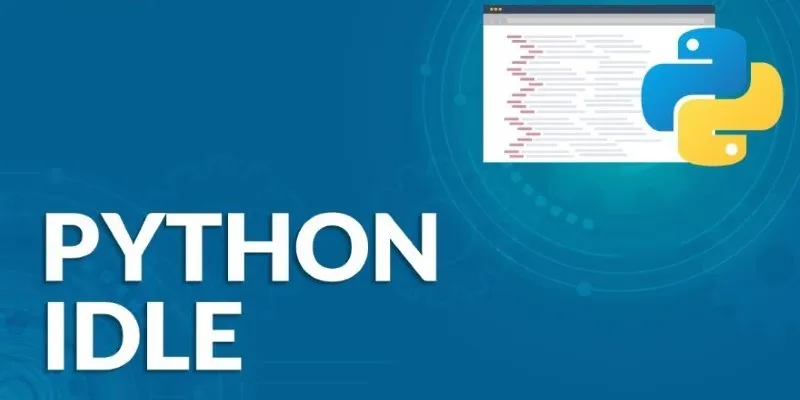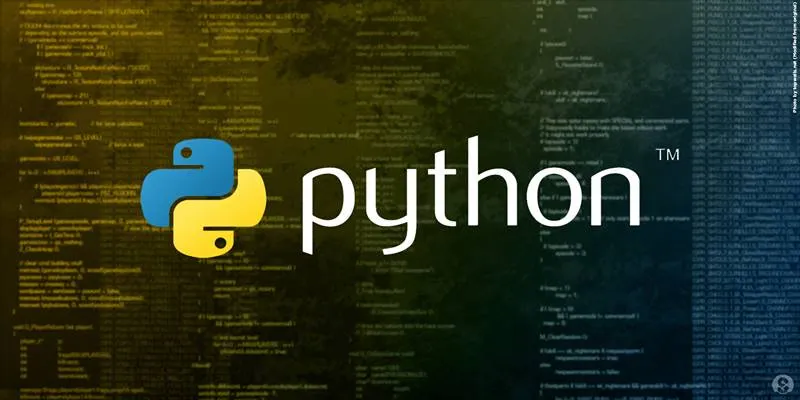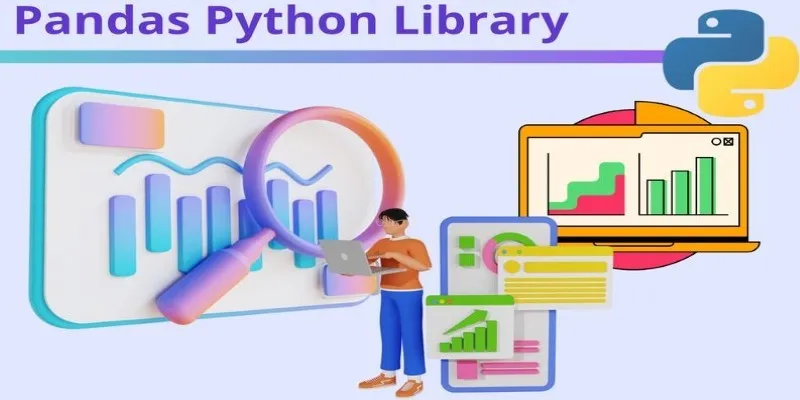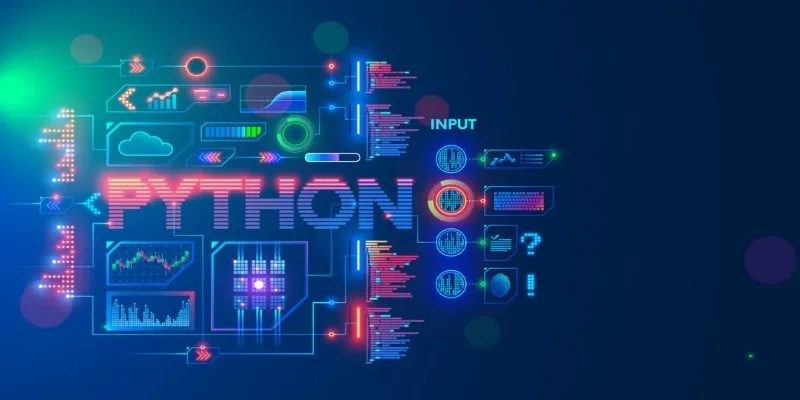In the world of programming, waiting around is costly. A slow program can frustrate users, delay results, and even waste resources. That’s where the idea of doing multiple things at once comes into play. In Python, one common way to speed things up is by using multithreading. While multithreading is widely used in many languages to achieve true parallelism, Python adds a twist to the story.
Thanks to a feature called the Global Interpreter Lock (GIL), multithreading in Python works differently than many expect. But don’t be discouraged—Python multithreading still has its place, and when used properly, it can make your applications more efficient.
Understanding Python Multithreading
At its core, multithreading is the practice of running multiple threads—sets of independent instructions—within a single program. This allows the program to handle several operations simultaneously. For example, you might be downloading data from the internet while processing a user request or saving a file in the background. Threads run in the same memory space, facilitating faster communication between threads than in multiprocessing, but also complicating shared resource management.
Python provides the threading module as a standard way to work with threads. Creating and starting threads is relatively straightforward using this module. You can define a function, create a Thread object that targets that function, and then start the thread. Behind the scenes, Python handles most of the boilerplate work required to run threads.
However, there’s a catch: Python’s GIL allows only one thread to execute Python bytecode at a time. This means that even if you have multiple threads, only one can be executed at any moment. For CPU-bound tasks, this becomes a limitation because you’re not truly executing in parallel—you’re just taking turns quickly, which is more like concurrency than real parallelism.
That said, the GIL doesn’t completely cancel out the usefulness of Python multithreading. For I/O-bound tasks, such as reading files, network operations, or waiting for user input, multithreading can help dramatically. In these cases, threads can be paused while they wait for I/O to complete, allowing other threads to make progress. This way, your program stays responsive and feels much faster, even if it isn’t technically running operations in parallel.
When to Use Multithreading (and When Not To)
Understanding where Python multithreading fits is essential for writing efficient code. If your application spends most of its time waiting for something to happen—like fetching data from an API, writing logs to disk, or handling web requests—then multithreading can be a huge performance boost. Instead of freezing while one part of your program waits, you can use threads to keep other parts moving.

But if your work is heavily computational—doing lots of math, sorting large datasets, or training machine learning models—multithreading in Python won’t help much. That’s because the GIL will limit your ability to run these operations truly in parallel. In these cases, you’re better off using multiprocessing, which spawns entirely separate processes that don’t share memory and aren’t limited by the GIL.
There are also risks involved in multithreading. Since threads share memory, you can run into issues like race conditions, where two threads try to access or modify the same data at the same time. If not handled properly, this can lead to bugs that are hard to find and reproduce. Python provides synchronization tools like locks, events, and semaphores to help manage these challenges, but you’ll need to be careful about how and when you use them.
Another point to keep in mind is debugging. Multi-threaded programs are harder to debug than single-threaded ones. The flow of execution can be unpredictable, especially when threads are paused and resumed at seemingly random times. Logs, structured testing, and careful design go a long way toward making your code maintainable.
How Concurrency Works in Python
Concurrency in Python is best thought of as managing multiple tasks at once rather than doing them all simultaneously. Python’s threading model fits this idea. With the threading module, you can spawn many threads, but only one runs Python bytecode at a time due to the GIL. So, it’s more about juggling tasks efficiently than splitting them across multiple cores.
This makes multithreading a good choice for handling many network or I/O operations. Suppose you’re building a web scraper that gathers data from hundreds of pages. A single-threaded scraper would visit one page at a time. A multi-threaded version could visit dozens at once, with each thread handling a page request. Even though only one thread executes Python code at a time, the ability to pause while waiting for I/O and switch threads speeds things up.
Python has added more tools to handle concurrency more elegantly. The concurrent.futures.ThreadPoolExecutor is a higher-level abstraction that simplifies the management of a thread pool. Instead of creating each thread yourself, you submit tasks to the pool, and it handles threading behind the scenes. This helps simplify code and reduce threading bugs.
Another tool is asyncio, which brings cooperative multitasking to Python. It doesn’t use threads but addresses similar problems and can perform better for large-scale I/O-bound tasks. However, asyncio has a steeper learning curve and requires async/await-style code.
Parallel Execution: A Word on the Global Interpreter Lock
The biggest limitation in Python’s threading model is the Global Interpreter Lock (GIL). It ensures only one thread executes Python bytecode at a time. While this can bottleneck CPU-bound tasks, it doesn’t affect I/O-bound workloads much.

True parallelism in Python comes via the multiprocessing module. Unlike threads, each process has its own interpreter and memory space, so they can run on separate cores. This makes it a better fit for CPU-heavy tasks. However, multiprocessing uses more memory and has slower inter-process communication.
You can combine threading and multiprocessing to balance strengths. For instance, threads can handle I/O in a web server, while processes handle background computation. This hybrid setup is common where performance and scalability matter.
The GIL has long been debated in the Python community. Projects like PyPy and other interpreters have tried to remove or bypass it, with mixed results. Still, for most developers, understanding the GIL and picking the right approach is more practical.
Conclusion
Multithreading in Python works well for I/O-bound tasks, helping programs stay responsive. For CPU-heavy workloads, the Global Interpreter Lock limits performance, making multiprocessing or other languages better options. Understanding Python’s approach to concurrency and parallelism helps developers choose the right tools. Success comes from working with Python’s strengths, not forcing it beyond its design. Use the right method for the job to build efficient programs.
For further reading, you might find the official Python documentation on threading helpful, and consider exploring asynchronous programming with asyncio for more advanced use cases.
 zfn9
zfn9























